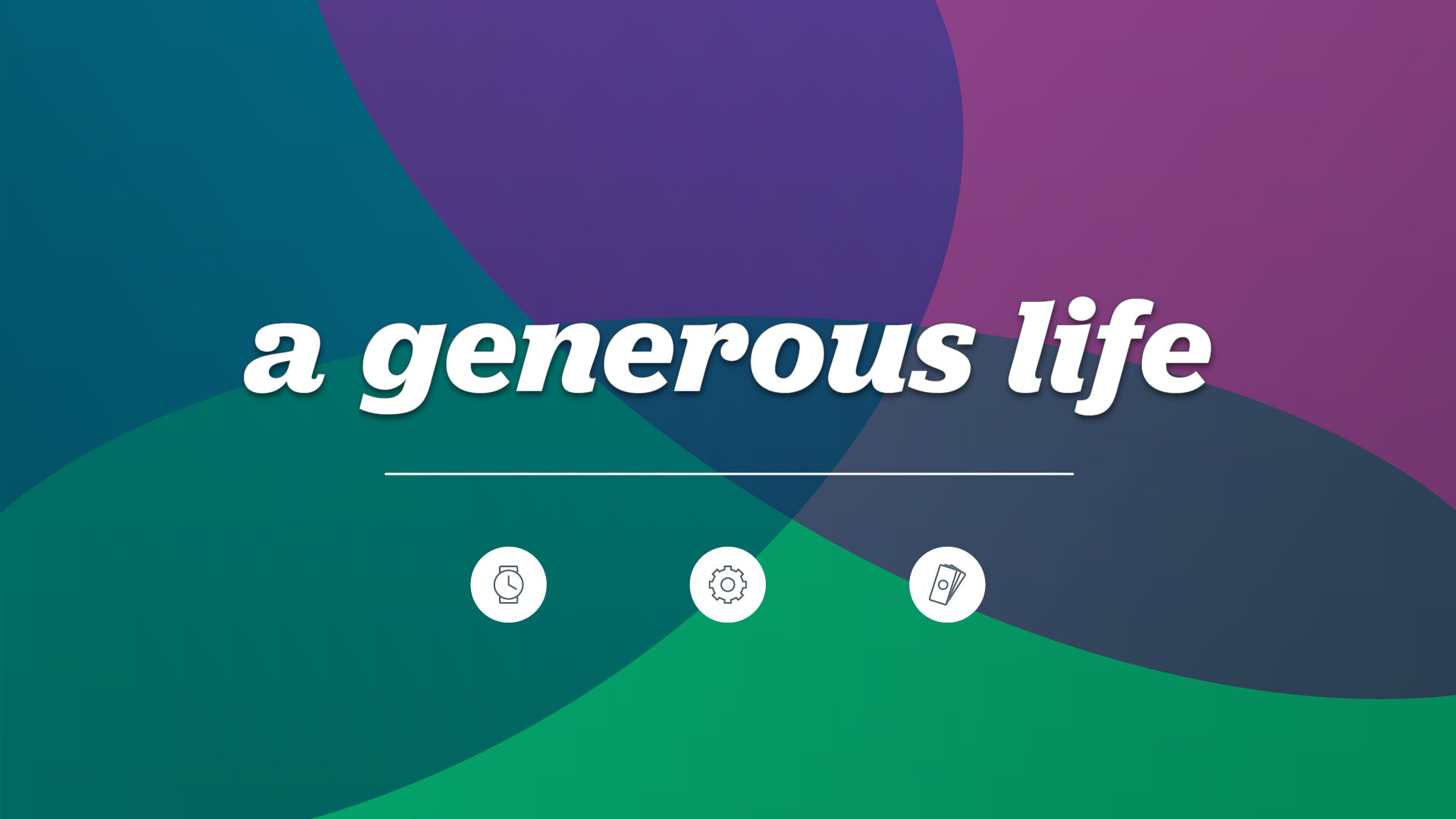Unlocking The Power Of Ciox/Healthport: A Comprehensive Guide To Healthcare Data Management
This guide dives deep into how Ciox/Healthport is transforming the healthcare landscape, offering insights into its features, benefits, and the challenges it addresses in the industry. As healthcare systems increasingly adopt digital solutions, the demand for secure and reliable platforms like Ciox/Healthport continues to grow. By facilitating seamless access to medical records, the platform ensures that healthcare providers can focus more on patient care and less on administrative hurdles. From hospitals to insurance companies, Ciox/Healthport serves a wide range of clients, offering tailored solutions that meet their unique needs. Its ability to integrate with existing systems and comply with stringent regulations like HIPAA makes it a standout choice for organizations aiming to modernize their data management processes. This article will explore the many facets of Ciox/Healthport, shedding light on its role in healthcare data management, its impact on patient care, and the broader implications for the industry. Whether you're a healthcare professional, an IT specialist, or simply someone interested in the intersection of technology and healthcare, this comprehensive guide will provide valuable insights into how Ciox/Healthport is shaping the future of healthcare data management.
Table of Contents
- What is Ciox/Healthport and How Does It Work?
- Key Features and Benefits of Ciox/Healthport
- Why is Ciox/Healthport Essential for Modern Healthcare?
- How Does Ciox/Healthport Ensure Data Security and Compliance?
- What Are the Challenges of Using Ciox/Healthport?
- How Can Healthcare Providers Optimize Ciox/Healthport?
- The Future of Ciox/Healthport in Healthcare
- Frequently Asked Questions About Ciox/Healthport
What is Ciox/Healthport and How Does It Work?
Ciox/Healthport is a leading provider of healthcare data management solutions designed to streamline the exchange, retrieval, and storage of medical records. At its core, the platform acts as a bridge between healthcare providers, insurance companies, and patients, ensuring that critical health information is accessible when and where it’s needed. By leveraging advanced technology, Ciox/Healthport simplifies complex processes such as medical record requests, audits, and data integration, making it an indispensable tool for modern healthcare organizations.
The platform operates through a combination of cloud-based services, secure portals, and dedicated support teams. When a healthcare provider or insurance company needs access to patient records, they can submit a request through Ciox/Healthport’s user-friendly interface. The system then processes the request, retrieves the necessary data from the relevant sources, and delivers it securely to the requesting party. This end-to-end solution not only saves time but also reduces the administrative burden on healthcare staff, allowing them to focus on delivering quality care.
Read also:What You Need To Know About Joe Scarborough Illness A Comprehensive Guide
How Does Ciox/Healthport Differ from Traditional Methods?
Unlike traditional methods of medical record management, which often involve manual processes and paper-based systems, Ciox/Healthport offers a fully digital approach. This not only enhances efficiency but also minimizes the risk of errors and data breaches. For example, healthcare providers no longer need to sift through physical files or rely on fax machines to share information. Instead, Ciox/Healthport’s automated workflows ensure that data is retrieved and delivered quickly and accurately.
Key Components of the Ciox/Healthport System
- Cloud-Based Infrastructure: Ensures scalability and accessibility from any location.
- Secure Data Exchange: Protects sensitive information through encryption and compliance with regulations like HIPAA.
- Customizable Solutions: Tailors services to meet the unique needs of different healthcare organizations.
- Dedicated Support Teams: Provides assistance with record retrieval and system integration.
By combining these components, Ciox/Healthport delivers a comprehensive solution that addresses the challenges of modern healthcare data management. Its ability to integrate with existing systems and adapt to evolving industry needs makes it a versatile and reliable choice for organizations of all sizes.
Key Features and Benefits of Ciox/Healthport
Ciox/Healthport offers a wide array of features that set it apart as a leader in healthcare data management. One of its standout capabilities is its advanced record retrieval system, which uses intelligent algorithms to locate and extract medical records from various sources. This ensures that healthcare providers can access the information they need without delays, improving patient care and operational efficiency. Additionally, the platform’s robust analytics tools allow organizations to gain valuable insights into their data, helping them make informed decisions and optimize their workflows.
Another key feature of Ciox/Healthport is its focus on compliance and security. The platform adheres to strict regulatory standards, such as HIPAA and GDPR, ensuring that sensitive patient information is protected at all times. Its encryption protocols and secure data exchange mechanisms provide an extra layer of protection, giving healthcare organizations peace of mind when handling confidential data. Moreover, Ciox/Healthport’s customizable solutions allow users to tailor the platform to their specific needs, whether they’re a small clinic or a large hospital network.
What Are the Benefits of Using Ciox/Healthport?
The benefits of using Ciox/Healthport are numerous and far-reaching. For healthcare providers, the platform reduces administrative workload, allowing staff to focus on patient care rather than paperwork. It also improves accuracy and reduces the risk of errors, which can have serious consequences in the healthcare industry. For insurance companies, Ciox/Healthport simplifies the claims process by providing quick and secure access to medical records, speeding up approvals and reducing disputes.
How Does Ciox/Healthport Enhance Patient Care?
- Faster Access to Records: Enables quicker diagnosis and treatment decisions.
- Improved Data Accuracy: Reduces the risk of errors in medical documentation.
- Enhanced Communication: Facilitates better collaboration between healthcare providers and insurance companies.
- Patient Empowerment: Allows patients to access their own records and participate in their care.
By addressing these critical areas, Ciox/Healthport not only improves operational efficiency but also enhances the overall quality of patient care. Its user-friendly interface and reliable performance make it a valuable asset for any healthcare organization looking to modernize its data management processes.
Read also:Exploring The Influence And Legacy Of Beyonceacute And Diddy Icons Of Music And Culture
Why is Ciox/Healthport Essential for Modern Healthcare?
In an era where healthcare is increasingly digitized, platforms like Ciox/Healthport are not just beneficial—they are essential. The modern healthcare landscape is characterized by a growing volume of patient data, stringent regulatory requirements, and the need for seamless collaboration between multiple stakeholders. Ciox/Healthport addresses these challenges head-on by providing a centralized, secure, and efficient system for managing medical records. Without such a platform, healthcare organizations risk falling behind in their ability to deliver timely and accurate care.
The importance of Ciox/Healthport becomes even more evident when considering the rise of telemedicine and remote care. As patients increasingly seek virtual consultations and remote monitoring, the need for a reliable system to manage and share medical records has never been greater. Ciox/Healthport ensures that healthcare providers can access patient data from anywhere, enabling them to deliver care that is both timely and informed. This capability is particularly crucial in emergency situations, where quick access to medical records can make a life-saving difference.
How Does Ciox/Healthport Support Regulatory Compliance?
Regulatory compliance is a major concern for healthcare organizations, given the sensitive nature of patient data. Ciox/Healthport simplifies this process by incorporating compliance into its core functionality. The platform is designed to meet the requirements of key regulations like HIPAA, GDPR, and CCPA, ensuring that healthcare organizations can operate without fear of penalties or legal issues. Its automated compliance checks and audit trails provide an additional layer of assurance, helping organizations maintain transparency and accountability.
What Role Does Ciox/Healthport Play in Data Interoperability?
- Integration with EHR Systems: Ensures seamless data exchange between different platforms.
- Standardized Data Formats: Facilitates interoperability across healthcare networks.
- API Connectivity: Enables third-party applications to access and utilize data securely.
- Real-Time Updates: Keeps medical records current and accurate.
By promoting data interoperability, Ciox/Healthport helps break down silos in the healthcare system, enabling better communication and collaboration between providers, insurers, and patients. This not only improves operational efficiency but also enhances the quality of care delivered to patients.
How Does Ciox/Healthport Ensure Data Security and Compliance?
Data security and compliance are at the heart of Ciox/Healthport’s operations. The platform employs a multi-layered approach to protect sensitive patient information, combining advanced encryption technologies, secure data exchange protocols, and strict access controls. This ensures that only authorized individuals can access medical records, reducing the risk of data breaches and unauthorized disclosures. Furthermore, Ciox/Healthport’s compliance framework is designed to meet the most stringent regulatory standards, including HIPAA, GDPR, and CCPA, providing healthcare organizations with the confidence they need to operate securely.
One of the standout features of Ciox/Healthport’s security strategy is its use of encryption. All data transmitted through the platform is encrypted both in transit and at rest, ensuring that it remains protected at all times. This is complemented by robust authentication mechanisms, such as multi-factor authentication, which add an extra layer of security. Additionally, the platform’s audit trails provide a detailed record of all data access and modifications, helping organizations maintain transparency and accountability.
What Are the Key Security Features of Ciox/Healthport?
Ciox/Healthport’s security features are designed to address the unique challenges of healthcare data management. For example, its role-based access controls ensure that only individuals with the appropriate permissions can view or modify patient records. This minimizes the risk of internal breaches and ensures that sensitive information is handled responsibly. The platform also includes automated compliance checks, which help organizations stay up-to-date with evolving regulations and avoid potential penalties.
How Does Ciox/Healthport Handle Data Breaches?
- Incident Response Protocols: Quickly identifies and mitigates the impact of breaches.
- Real-Time Monitoring: Detects suspicious activity and alerts administrators.
- Data Recovery Tools: Ensures minimal disruption in the event of a breach.
- Compliance Reporting: Provides detailed documentation for regulatory audits.
By implementing these measures, Ciox/Healthport not only protects patient data but also helps healthcare organizations maintain trust and credibility. Its proactive approach to security and compliance makes it a reliable partner in the ever-evolving healthcare landscape.
What Are the Challenges of Using Ciox/Healthport?
Despite its many advantages, adopting Ciox/Healthport is not without its challenges. One of the primary concerns for healthcare organizations is the initial cost of implementation. While the platform offers significant long-term benefits, the upfront investment in software, training, and system integration can be a barrier for smaller organizations with limited budgets. Additionally, some users may find the platform’s interface complex, requiring a learning curve for staff who are not familiar with digital data management systems.
Another challenge is the potential for technical issues. Like any digital platform, Ciox/Healthport relies on stable internet connectivity and robust IT infrastructure to function effectively. Organizations with outdated systems or unreliable networks may experience disruptions in service, which can impact their ability to access critical patient data. Furthermore, while Ciox/Healthport is designed to integrate with a wide range of systems, some organizations may encounter compatibility issues with legacy software, requiring additional customization or upgrades.
How Can Organizations Overcome These Challenges?
To address these challenges, healthcare organizations can take several proactive steps. For example, investing in staff training can help ease the transition to Ciox/Healthport, ensuring that employees are
Discovering Sofia Gomez: A Journey Into Her Inspiring World
Who Is Sarah Simpson Sturgill Wife? A Comprehensive Look At Her Life And Influence
Tattoos Of Bible Verses On Arm: Meaning, Inspiration, And Trends

Dimension by HTML5 UP

Message Archive — Redeemer Church